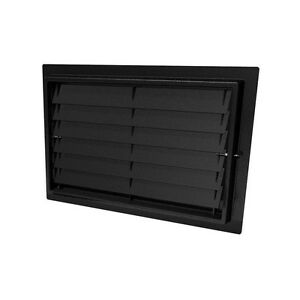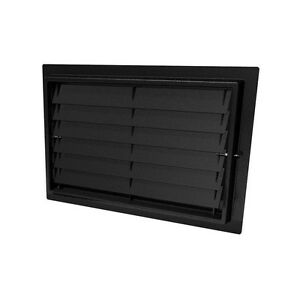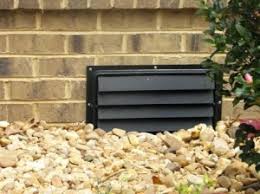Search for topics or resources
Enter your search below and hit enter or click the search icon.
September 16th, 2019
2 min read
By Chris Greene

In this podcast we are discussing engineered and non-engineered flood vents. What is the difference? How does it impact your wallet? How does it impact your flood insurance premiums. These are all things we want to discuss today.
So let's talk a little bit about what's the difference between engineered and non engineered.
Engineered Flood Vents

What is an engineered flood vent? This is a flood vent that meets regulations, performance standards, and even design guidelines. These flood vents are installed by either an engineer or an architect. These flood vents are specifically designed to withstand floods and also to withstand floods over time.
Non-Engineered Flood Vents

What are non-engineered flood vents? These flood vents are basically air vents. These are not events that have been tested, like engineered flood vents have. These can be vents like air events, or other vents in the house, but they have not been proven to withstand floods over time. They have not met any kind of requirements.
Remember FEMA's requirement is you have to have one square inch of flood vent for every square foot of enclosed area. So if you have a 1500 square foot house, you've got to have 150 inches of flood vents. Well, the average cost of just a regular flood non-engineer flood event is about $300 it's about 150 to $200 for the vent and another $150-$200 for the installation. So let's say you have a 2000 square foot house, so you need 200 inches of vents.
Size Matters
Well, if you're using non-engineered vents, you might have to get six or seven events to get to this. You know, this can be over a cost of $2,000. Well, FEMA's requirement is you have to have at least two vents on a house. It has to be on two different sides of the building. If you're using engineered flood vents, you might be able to accomplish this with just two events compared to seven.
So as you can see, the cost can actually be significantly lower for you because of the size of the vent. The other reason for it as well is maintenance. These kinds of air vents that are used, a non engineered flood vents give away over time, they get clogged, they don't open properly, they don't do the things they're supposed to do, but engineered vents do. So you may have to replace these non-engineered flood vents every few years.
You may not have to replace engineered flood vents at all because of the way they're built. So these are some important things to understand between non-engineered and engineered flood vents. So what kind of impact can it have on your flood insurance premiums? Unfortunately to this point, FEMA doesn't really separate the two when it comes to your premiums and giving that credit for flood vents. As long as it meets those standards of square inch per enclosed, square foot and it's got at least a two on two opposite sides then it meets these standards.
So if you've got questions about flood events engineering versus non-engineering, you know, which way should you go, where should you go to get your flood vents? Please reach out to us Flood Insurance Guru go to our Youtube channel and our Facebook page, the flood insurance guru, or we do a daily flood education videos. You can also check out our open Facebook group, Flood Education and Insurance Awareness where we answer flood questions everyday across the country.